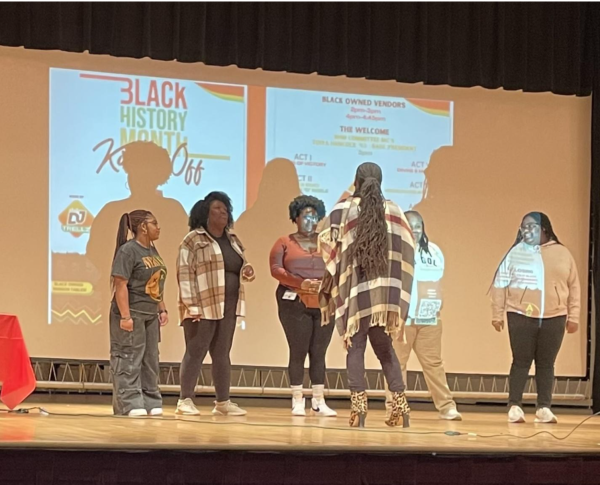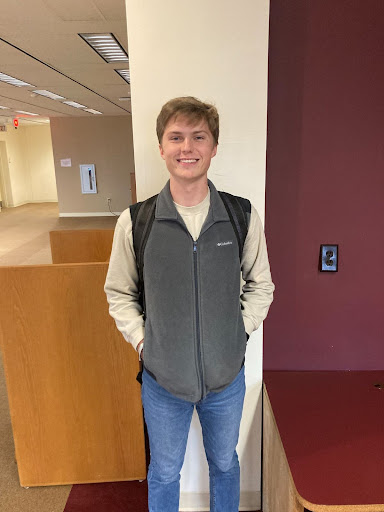Black faces in the white outdoors
“In my own case,” Dr. Vance Ricks began, “about three years ago, I visited a small Massachusetts town. The first thing I did was go to the police station with my bike. I explained to an officer that I didn’t want them to shoot me because I had not been there before. That was a thing I felt I needed to do because at the very least, it would provide me with some peace of mind.”
On Feb. 25 via Zoom, the Intercultural Engagement Center collaborated with the Guilford College Philosophy Department, Black Student Union, Environmental and Sustainable Studies, the Outdoors Club and Dr. Vance Ricks to present “Outdoors While Black.” In this lecture, Dr. Ricks spoke on the danger of being a person of color while outside in today’s society.
Mostly every Black person has a story similar to that of Dr. Ricks. The stories may differ due to socioeconomic status, size or weight, but it is a common experience among Black Americans.
The discussion was facilitated by Dr. Ricks, who was introduced by the president of the Outdoors Club, Annalee Durland-Jones, as an “occasional hiker, daily runner and an avid bicyclist.”
Informed by Dr. Ricks’s experiences as an active Black man in the outdoors and the ongoing conversations being shared with others in the Black community, the Zoom program discussed the use of outdoor spaces, as well as how Black people, specifically, can enjoy and protect themselves when outdoors.
Frequently, many people are deterred from practicing a sport because they cannot commit to buying gear for a sport they may not pursue.
“We’ve pretty much privatized everything, that includes recreation,” explained Dr. Ricks. “The idea that top-of-the-line gear is needed to walk through the door is an assumption that we need to question. It would be better if we considered play and exercise a fundamental right, to find a way to substantively make it available.”
According to political philosophies, certain rights are given to everyone. However, if it is not possible to exercise that right, for all intents and purposes, the right is nonexistent. If a right is written on paper, social context or physical environment impacts a person’s ability to use it.
Ainsley Kalb, a nonbinary sophomore at Guilford, pointed out that how they are dressed directly influences how safe they feel.
“I find that my sense of safety anywhere outside and where I am likely to encounter people, both physical and interpersonal safety decreases depending on how I am dressed,” Kalb said. “I generally feel more safe in rural spaces than a city or by highways.”
Katy Collier, an attendee of the seminar, added her response to the chat box.
“I feel welcomed in a lot of outdoor spaces like parks, downtowns and campgrounds,” she commented. “I feel safe when I’m in my backyard or with people that I trust. I don’t usually feel safe when I’m completely alone.”
Guilford alum Andrew Orchowsky asked about the role of white people in making outdoor spaces more inclusive and safer: “What role can we play in making these spaces more safe and accessible?”
“A level of awareness has to come to get out of the context of minding your business,” advised Dr. Krishauna Hines- Gaither. “Understand that the way you navigate the world is completely different than someone else.”
Marginalized ethnic groups do not take advantage of visiting wildlife locations, such as national parks, as frequently as their white counterparts. Dr. Ricks explained that for many Black families, going outdoors for recreation or extended trips is not a part of their upbringing. When this behavior is not modeled, it’s not something that easily comes to mind as a pastime.
The ancestral memory is that certain places have done great harm to Black bodies. The notion that these places can be used for picnics and a “good time” is something that is made relevant in today’s society. A sense of where a person feels welcomed, understood or accepted hinders a willingness to be a part of outdoor spaces.







